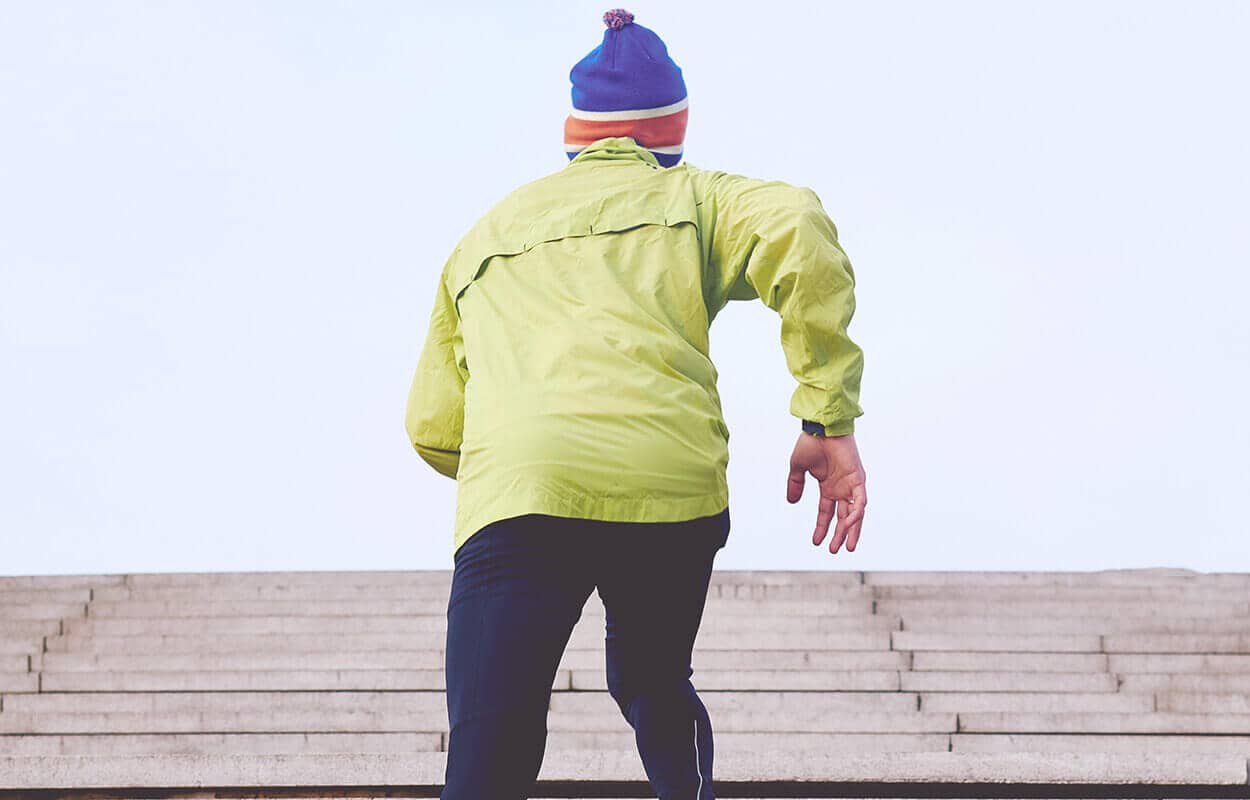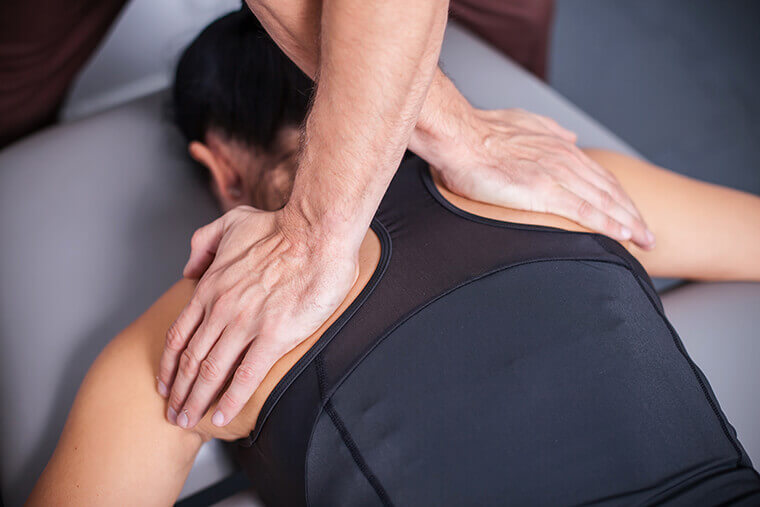Why Massage Therapy
Massage therapy is the manipulation of soft tissues of the body including, muscles, connective tissues, tendons, ligaments, and joints. Massage Therapy is a clinically-oriented healthcare option that helps alleviate the discomfort associated with everyday and occupational stresses, muscular over-use, and many chronic pain conditions. Massage therapy aids in body healing by easing muscle tension, improving circulation, and promoting faster healing, enhancing the benefits of other treatments like physiotherapy or chiropractic. A skilled therapist offers a wide range of techniques tailored to individual needs, adjusting them based on feedback. Massage therapy is safe and effective for all ages, providing a sense of indulgence and empowering individuals to manage their health and well-being, whether they have a specific health condition or seek stress relief.
What is Massage Therapy?
At PhysioDNA, our Registered Massage Therapists (RMTs) are licensed by the College of Massage Therapists of Ontario, passionate about treating pain and sports conditions, and work closely with our team for common patient treatment. When booking sessions with our Registered Massage Therapists, we are able to directly bill to most insurance providers and MVA plans. RMTs offer therapeutic, myofascial release, prenatal and postpartum, relaxation, lymphatic drainage, sports, foot massage, and deep tissue massages, with additional techniques based on additional training. They assess each client’s needs and provide the most beneficial treatment, ensuring the most effective treatment for each individual. Massage therapy is increasingly being integrated into standard medical treatments for various conditions and situations, offering numerous benefits for those who haven’t tried it before.
What does Massage Therapy Treat?
Depression
Anxiety
Scar tissue
Nerve pain
Sports injuries
Fibromyalgia
Digestive disorders
Headache
Insomnia
Post-Operative Care
Soft tissue strains and injuries
Temporomandibular (TMJ) disorders
Massage therapy is a crucial component of medical treatment plans for patients, particularly after joint replacement surgery or injury, to facilitate their return to daily activities. Massage offers numerous mental health benefits, reducing stress levels even among those who prioritize physical benefits.
Physical Benefits of Massage Therapy
Improved circulation
Improved flexibility
Less soreness and pain
Strengthened immune response
Muscle stiffness is reduced
Decreased joint inflammation
Better sleep quality
Faster recovery time between workouts
Some of the mental benefits include:
Decreased stress levels
Increase your perception of well-being.
Improved relaxation
Improved mood
Decreased anxiety
Increased energy
Therapeutic Massage
Therapeutic massage involves various techniques to speed up the healing process and prevent complications after muscle and tendon injuries, fractures, or operations. Registered massage therapists at PhysioDNA use these techniques to treat the whole body and address the root cause of pain. Therapeutic massage can lower cortisol levels, increase serotonin and dopamine levels, control pain, improve mood, enhance sleep, decrease stress, and promote relaxation. This form of massage therapy can address conditions such as:
General body pains and aches
Arthritis
Jaw (TMJ) pain
Tension headaches
Neck and back pain
Tennis elbow
Frozen shoulder
Sciatica
Plantar fasciitis
Poor sleep
Stress
Muscle spasms
Muscle cramps
Delayed onset muscle soreness after physical activities
Myofascial Release
Myofascial Release is a hands-on technique used by sports massage therapists to effectively treat recurring and chronic back conditions. Myofascial tissue, a web-like structure covering of large neck, back, and hip muscles, can cause tightness, causing various health issues. These issues can be associated with:
Headaches
Poor posture and reduced flexibility
Muscular pain and spasms
Chronic back and neck pain
Breathing difficulties
Pre-Natal and Post-Partum Massage
Pregnancy massage is a treatment for expectant or recently pregnant mothers to address specific needs such as back pain, leg swelling, leg cramps, and foot pain. It aims to relax tense muscles, decrease pain, improve blood flow, reduce edema and swelling, and enhance flexibility and joint mobility. Massage therapists are trained in prenatal and postnatal massage, ensuring patient comfort and safe positioning. They also use appropriate techniques to improve flexibility and joint
Relaxation Massage
Relaxation massage involves manual and hands-on techniques applied to muscles and soft tissues to improve health and well-being, Our massage therapists can relieve pain from muscle tension, prolonged sitting, or stress, energize individuals engage in their daily activities to their best abilities. These sessions improve general health and create a state of well-being. Relaxation massage has various benefits on: exercise, including reduced muscle tension, improved blood flow, stress reduction, improved well-being, mood enhancement, improved sleep, and increased energy levels and vitality.
Lymphatic Drainage Massage
The lymphatic system, a network of lymph nodes and channels, is crucial for maintaining proper fluid flow in the body. When compromised or injured, it can stagnate, leading to swelling and serious illness. A healthy lymphatic flow is essential for metabolism, detoxification, tissue regeneration, and a strong immune system. Lymphatic drainage is a massage technique that stimulates and improves fluid flow, improving metabolism and eliminating waste and toxins, strengthening the immune system. PhysioDNA massage therapists use various techniques for patients requiring this treatment after operations or chronic conditions.
Sport Massage
Sports massage is a technique used to improve athletes’ performance by warming up muscles, improving blood flow, reducing fatigue, decreasing swelling, reducing muscle tension, and increasing flexibility. It is used before, during, and after sporting events to help athletes perform better, prevent fatigue, and recover from injuries. It can also treat conditions like muscle strains, tendon, ligament sprains, and increased muscle tension after a workout. These therapists are trained to provide pre-event, on-site, and post-event services.
Foot Massage
Massage therapists at PhysioDNA offer foot massages as part of their treatment for relaxation or addressing foot pain. These treatments can help manage conditions like arthritis, Plantar Fasciitis, poor circulation, diabetes, and prolonged walking or standing. Soft tissue pain can be caused by conditions like diabetes, ulcers, and varicose veins, while sports injuries, orthopedic conditions, fractures, and sprains can cause decreased mobility and muscle tightness in small foot muscles and calve muscles. Foot massages are a healing experience that can alleviate pain symptoms, manage headaches, insomnia, and chronic fatigue. They are a stress-relieving treatment and can help augment, develop, maintain, and rehabilitate physical function. Try and seek out professional help and come book with our registered massage therapists to alleviate pain and reduce stress.
Deep Tissue Massage
Deep tissue massage techniques are used for deeper tissues and body structures like muscles and fascia, promoting tissue healing, preventing scar tissue formation, and releasing muscle tension and trigger points. They are commonly used for larger muscle groups like neck, upper back, thigh muscles, and ITB.
Increase blood supply and oxygen to surrounding tissues
Break down of scar tissue due to injuries
Release chemicals such as lactic acid build up in muscles
Release of muscle tension in deep structures
Prevent scar tissue build up




